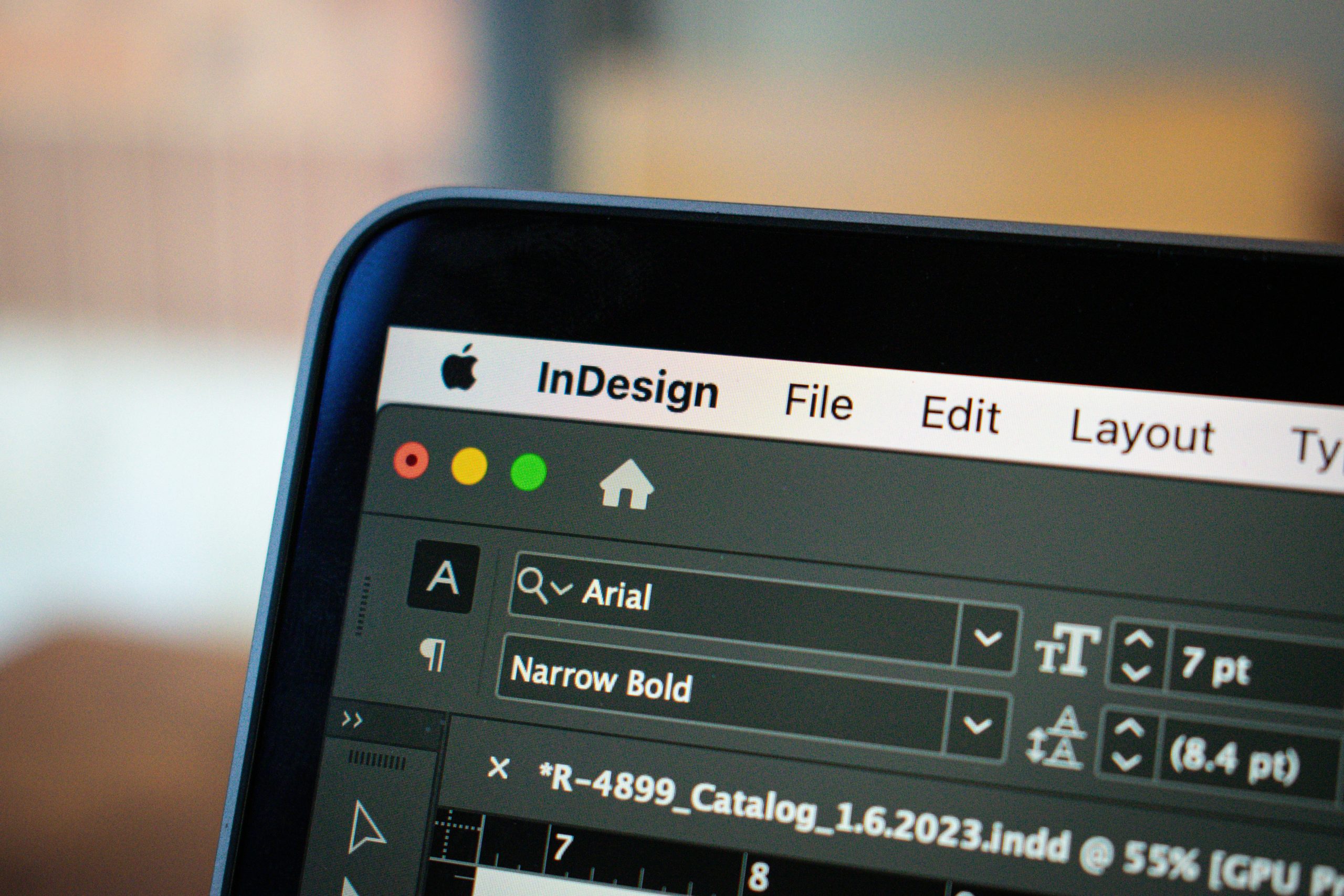Adobe InDesign is extremely popular worldwide, with millions of users and a hefty chunk—over 26% market share—of the global graphics software industry. Therefore, developing a smooth workflow for InDesign translation is essential. In this post, we cover several of the common challenges and solutions one might encounter when translating InDesign projects.
Layout challenges when translating for InDesign
As a desktop publishing (DTP) and page layout software, InDesign is the tool of choice for graphic designers and marketers producing books, eBooks, brochures, flyers, magazines, multipage documents, and more. However, because InDesign is particularly popular for print media, translators face specific issues related to typesetting and layout, such as:
- Text expansion/contraction: Translating between languages can radically add to or subtract from the amount of text. For example, translating from English to Spanish can expand your text by as much as 20-25%, potentially rendering the text too long to fit onto the printed page.
- Change of text direction: If a language that typically reads left-to-right must be translated into a language that reads right-to-left, such as translating from English into Arabic, this can quickly cause complications with page layout elements like tables, graphics, and logos.
- Fonts and characters: Not all languages are available in all fonts, especially languages that use characters and accent marks. Also, for a language like Chinese or Japanese, the spacing between lines may need to expand in order to make each character legible.
Workflow challenges with InDesign translation
In addition to these design challenges, there are also several translation difficulties related to the workflow itself.
- Proprietary nature of files: Native InDesign files have a unique file format, .indd, which is proprietary to Adobe. Therefore, they cannot be opened by any other program. Text must be converted into a different format (IDML, InDesign markup language) and/or extracted before sending it to the translator.
- Time-consuming process: Due to these pre-translation steps, InDesign translation can be a complex and time-consuming process. Moreover, adjusting design elements throughout the translation process takes time and requires painstaking attention to detail, especially when preparing the translated project for print.
- High risk of errors: File formatting and user permission issues make errors more likely. For example, if the user with access to the original InDesign file and the translator are not the same person or on the same team, the graphic designer may end up laboriously copy-and-pasting text from the translator’s Microsoft Word or Excel document back into InDesign.
Solutions to common InDesign translation challenges
Fortunately, working with a team that is expert in both language translation and InDesign can solve these challenges. A translator skilled in InDesign will be best placed to leverage the program’s native features, such as:
- Using anchored frames to make sure graphic elements do not shift on the page when translated text contracts or expands.
- Applying paragraphs, character styles, or layers to make bulk changes or to contain elements that may need editing.
- Incorporating white space to optimize the project for future translation.
- Selecting the best fonts that will work with all target languages involved.
At the same time, a professional translation provider will also have solutions on hand to navigate logistical roadblocks. For example:
- Receiving InDesign files directly and working with Computer-Assisted Translation (CAT) tools, eliminating cumbersome pre-translation steps.
- Providing an in-house desktop publishing (DTP) team, thus reducing time spent as well as the risk of errors from multiple files being exchanged between recipients.
- Conduct a thorough final review and editing phase that ensures the project is printer ready.
In short, working with a reliable language services provider that offers excellent translators as well as an in-house desktop publishing team is most likely to produce a seamless experience. At Trusted Translations, we will even work with a client’s own in-house design team upon request.
Photo by Kelsey Todd on Unsplash

